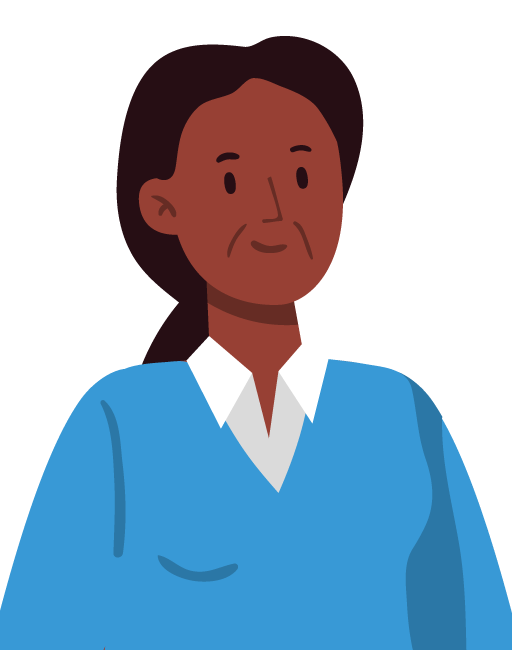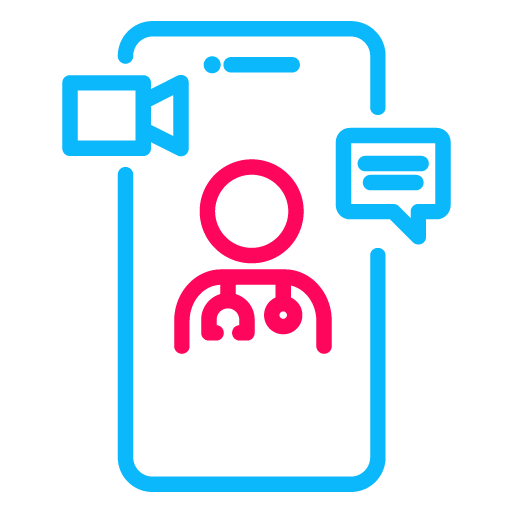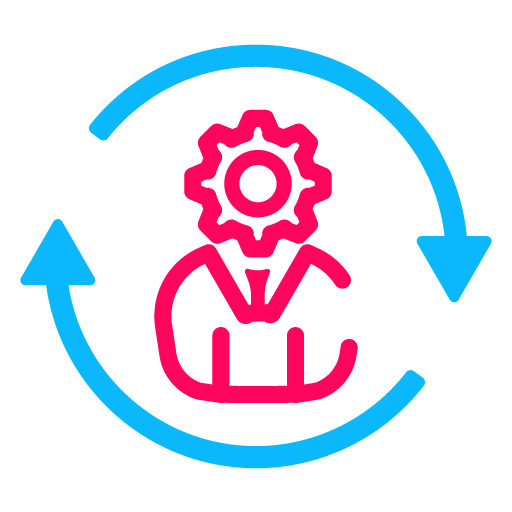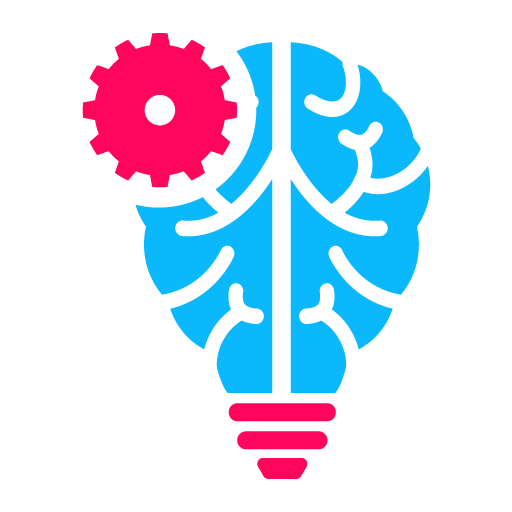As digital penetration has grown with time, different generations have different expectations from services being offered online. The same applies to healthcare. The new healthcare consumers are here. Traditional brick-and-mortar practices, clinics and hospitals do not meet the convenience that today’s generations need and desire.
Younger consumers are not satisfied with healthcare’s status quo and consumers of all generations are more willing to try non-traditional services. Emerging technology is on everyone’s mind and people instinctively look at technology to solve any and every problem they face regarding convenience as well.
Telehealth addresses healthcare access and quality problem points across generations. But expectations from telehealth is not limited to a few things; different age groups turn to digital healthcare to address various problems.

Silent Generation
1945 & before
Problems:
Constant care
Follow-ups
Digital adaptability

Baby Boomers
1946 - 1964
Problems:
Trust
Different options
Good service

Generation X
1965 - 1976
Problems:
Convenience
Experience
Quality of service

Millennials
1977 - 1995
Problems:
Cost
Quality of service
Varied options

Centennials
1996 & now
Problems:
Convenience
Experience
Need for online accessibility
Millennials
1977-1995
Cost
quality of service
options
Baby Boomers - 1946-1964
Problems: trust, options, good service
Generation X - 1965-1976
Problems: convenience, quality, experience
Centennials - 1996 and now
Problems: convenience, experience, need for online accessibility
Traditionalists or Silent Generation - 1945 and before
Problems: digital adaptability, constant care, follow ups
Docty's 360 degrees Digital Healthcare solution addresses all the different problems. Our approach is to make digital health accessible and easily usable for one and all.
Various studies also back the idea that the digital approach to healthcare needs has picked up and suits the changing trends of the users. At Docty, we want to be able to address any healthcare need of each individual as far as digital accessibility goes.
Our solutions offer:

No monthly fees and low upfront costs to tackle cost concerns

Low-Bandwidth Video Solution to provide better accessibility and convenience

Smart Search to provide more options by filtering doctors, symptoms based on preferences like city, language, specialty, etc.

Nurse At Home to address convenience and comfort issues as well as provide good service

Video Emotion Recognition to provide enhanced experience and improve quality of care

Adaptability as per consumerism trend to provide better experience

AI and Machine Learning to promote telehealth digitalization

Chronic Care Management via Remote Monitoring providing extra care, trust and follow ups

